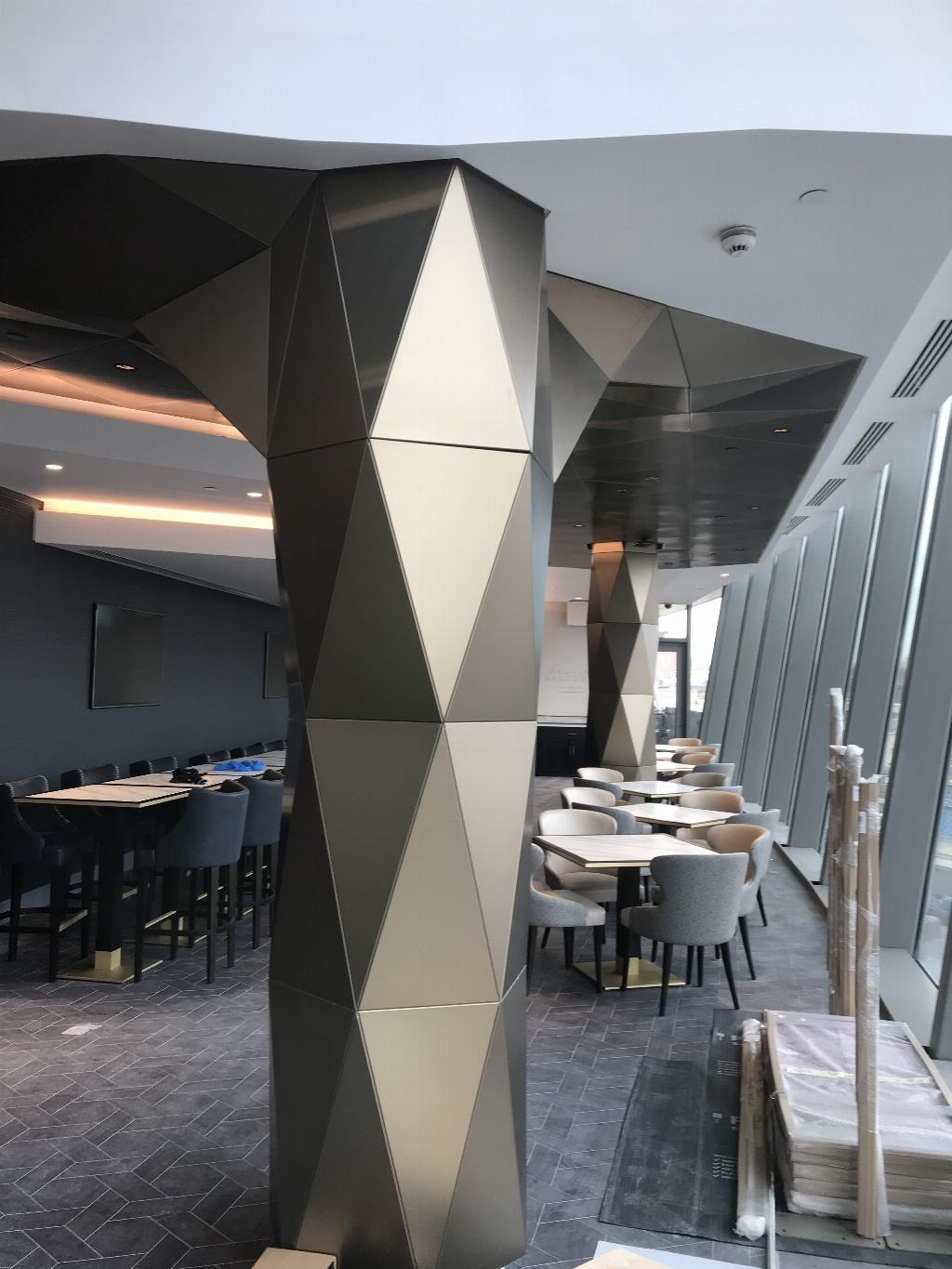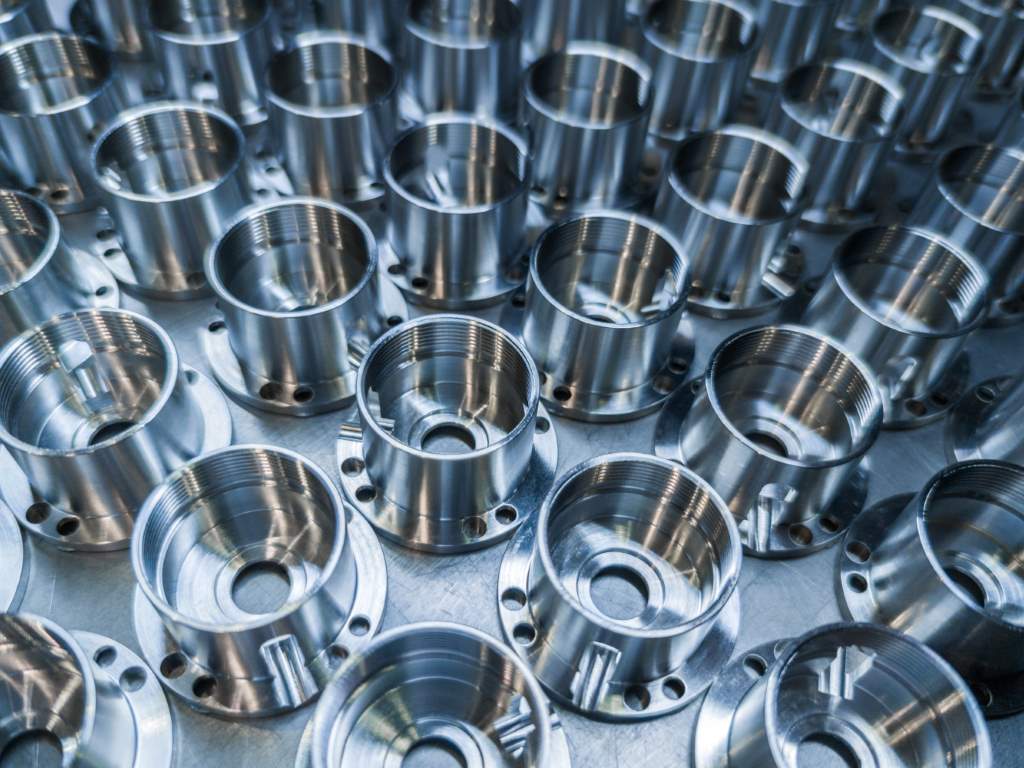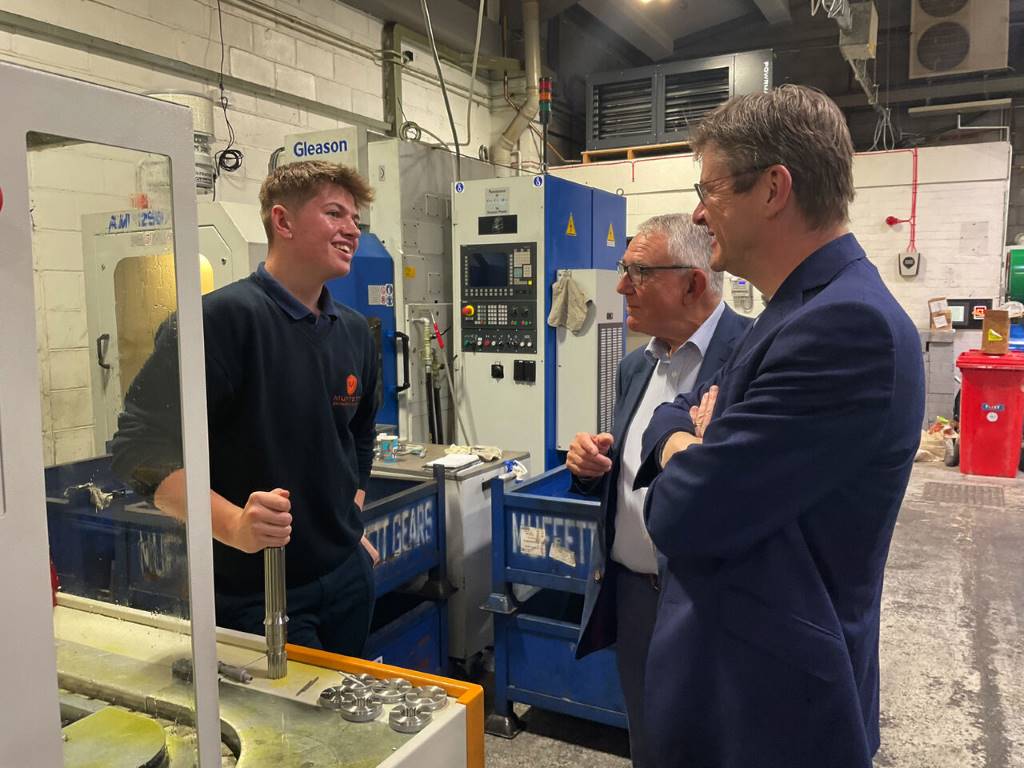CAM software helps turn concepts into reality

Ace Ceiling Products has been manufacturing sheetmetal components since the early 1980s and is a leader in its specialist field of bespoke construction projects and ceilings.
A step change in its business was the introduction of Amada CNC punching machines in 1998, enabling it to produce micro perforated sheets which have 1.5mm diameter holes at 2mm pitch, widely used in the industry for specialist ceiling tiles.
The company, based in Coventry, now has three Amada punch presses, a Vipros 355 and 368 and a 2510 with automated sheet handling, using Lantek Expert to efficiently nest parts and auto-tool all the punching operations.

Damian Jones of Ace Ceiling Products says: “I had known about Lantek Expert for a long time and when we looked at it in detail its ability to work with 3D models and parametric designs was impressive. Introducing the software has led to a 90% reduction in our CNC programming workload.”
Working closely with architects, Ace Ceiling Products gets involved at the concept stage of the project, helping to turn the architect’s designs into reality with advice on how they can be manufactured and assembled.
3D models of the concept with rendered images are built in Ace Ceiling’s Creo CAD software and proposals and images are discussed with the architect before a full size mock-up is built, working through to final approval of the designs. At this stage, installation is put out to tender and Ace Ceilings can start full scale manufacture of the component panels required in the project.
Some of the major projects the company has been involved in include the new Tottenham Hotspur stadium opened in 2019, Goldman Sachs headquarters in London and redevelopment of the ceilings in disused platforms and tunnels at Waterloo station ready for reopening.
90% of Ace Ceiling Products’ work goes through the Lantek software. Much of the project work requires parametric design of families of parts. The flattened component parts are then imported into Lantek Expert.
Nesting is carried out according to material type and thickness, mixing parts from different jobs on the same sheet. Damian Jones says: “All the parts are brought into the software and nested as a collective. We may have 100 parts which are auto nested together and then auto-tooled. We may then have 20 sheets or more to make up the workload.
“Parts are tagged into the sheet and we identify them with a series of small holes which make up a code for each part number. The auto-tooling is very good, making the process automatic while, the auto nesting has generated savings of around 15% in material usage despite our panel parts being large and difficult to nest efficiently.”

Lantek is currently developing some macros for Ace to help it in the manufacture of specific families of parts: “We now have spare capacity thanks to the Vipros 355 and 368 machines and the 24 hour unmanned operation capability of the Amada 2510,” Mr Jones adds.
“Lantek has been a vital part in making this possible as its automated programming and nesting has given us the capability to use the machines to their full capacity. We are now ready to expand our business for the future benefit of our customers.”
Lantek www.lantek.com













